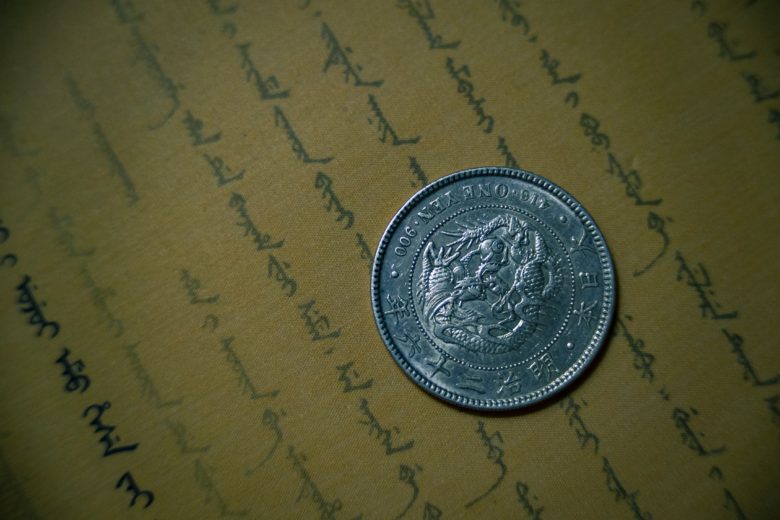Silver is an economical and straightforward method for diversifying your paper portfolio with precious metals or physical silver. Silver has been used as money for thousands of years and all around the world. Today, this hard asset may be sold to buyers online in a highly-liquid worldwide marketplace. Investment silver comes in various forms such as standardized coins, bars, and rounds (1 oz, 10 oz, kilos, and 100 oz being the most common). And yes, investors can find silver bars for sale.
There are some key points to consider when considering adding silver to your investment portfolio.
Investing in Physical Silver
Let’s explore why silver is a smart investment before looking at the best-selling silver assets.
Stocks, bonds, and other financial goods can be very attractive investments, but they can depreciate. Silver is a tangible asset. Silver has worth even in the middle of economic collapse. Gold is more expensive and much less flexible. Silver is more affordable for most investors and thus more accessible than gold. In bull markets, silver often beats gold. Silver comes in lower denominations to make it more practical and accessible for the common investor.
Silver is ubiquitous in the products we buy. Silver is used in many technological gadgets. It’s used in more than just coinage. Silver’s versatile industrial application reflects its robust demand, which will only expand in the coming years.
How to Buy Silver
Investment silver comes in many forms, sizes, and patterns. Many investors choose silver coins, bars, and rounds for personal reasons. Some just like the design, or they like to diversify their assets into smaller or bigger denominations. Silver has this flexibility.
The U.S. Mint and other sovereign mints produce silver coins. Because they’re more popular and well-known among investors and collectors, silver coins are easier to dispose of (or liquidate) than rounds. American Silver Eagles, the world’s #1 silver bullion coin, always have a buyer.
Government-issued coins are backed by their government for quality and purity and are easy to validate. The two are often confused, however. Silver coins and rounds have commonalities, but have key variances of which to be aware.
Let’s compare silver coins and rounds. Both are round and the size is comparable. Both contain fine metals. Bullion coins are readily accessible and accepted worldwide. Coins come in 30-gram, 2-ounce, and 10-ounce weights. Smaller sizes are more easily sold. Most dealers will buy 1-ounce coins for cash. Be aware that you may have problems transporting a 10 oz Maple Leaf or numismatic coin.
As with gold, you pay the day’s spot price per ounce for silver. Be aware that there is a mint premium known as seigniorage. The premium is taken from the sale price. Supply and demand affect premiums. When demand is low, so is the premium, so purchase then. When silver coins sell quickly or supplies dwindle, the premium rises.
Silver bars vary in thickness. Some believe silver bars are purer than coins which may be true. Silver bars and coins weigh the same. Most bars are.9999 fine (99.99 percent pure), the same as a Canadian Maple Leaf.
Silver bars feature fewer detailed patterns and are bigger than coins, hence they carry smaller premiums. They are cheaper and easier to make and your money buys more ounces. They are also thinner than coins. When you need or want to sell, a local coin store may not wish to buy it for a variety of reasons. However, silver bars are a practical way to store higher-weight assets.
These are some important issues to consider if you find some silver bars for sale or are considering adding silver to your investment portfolio.




